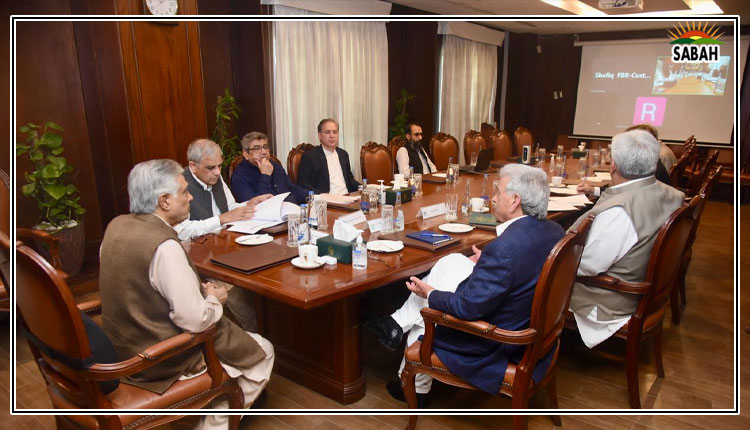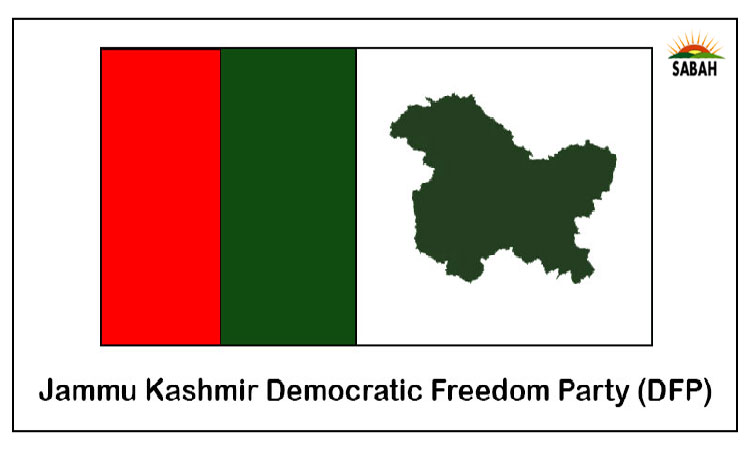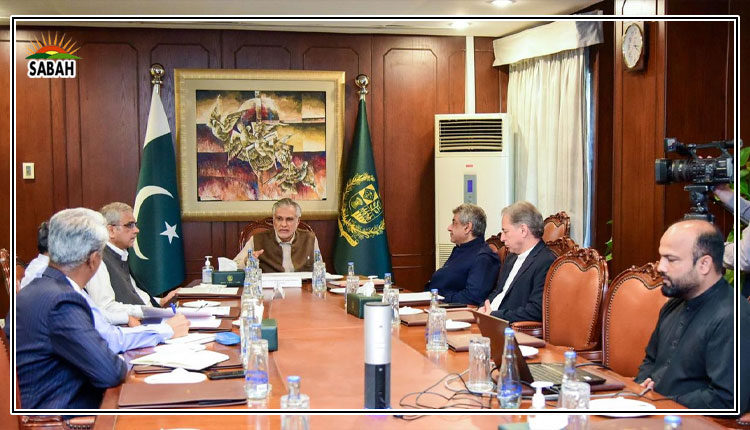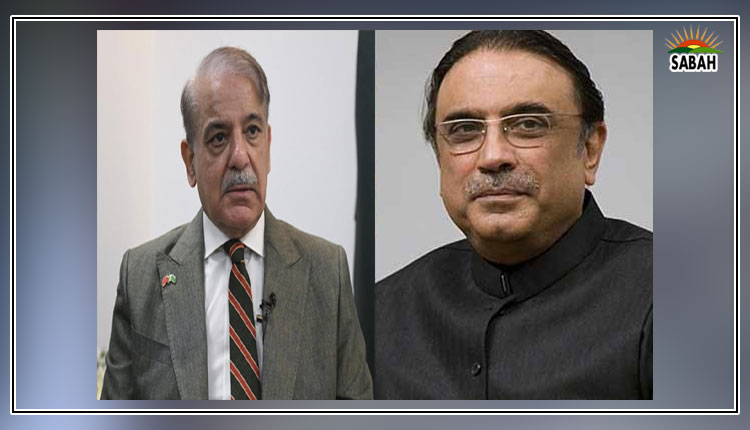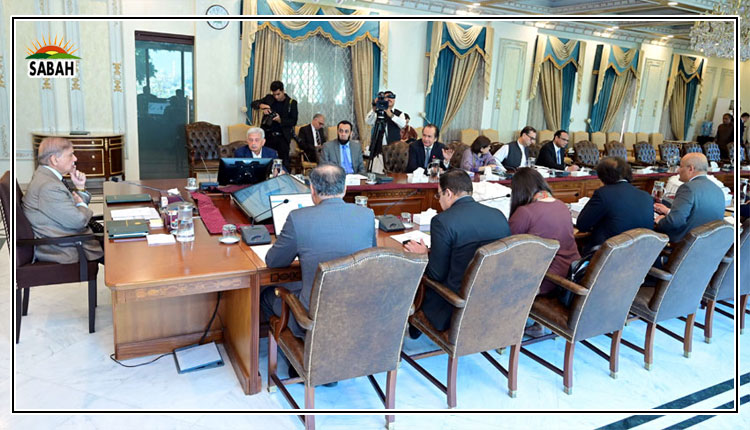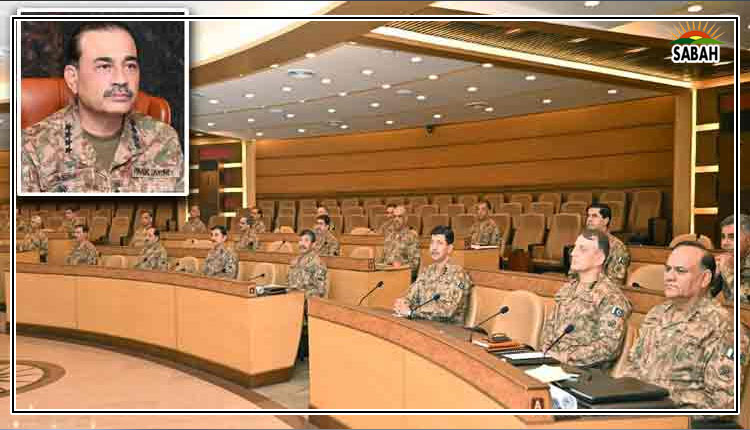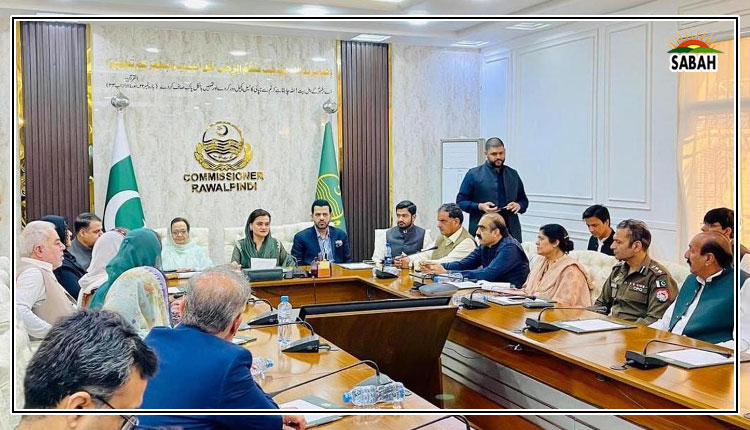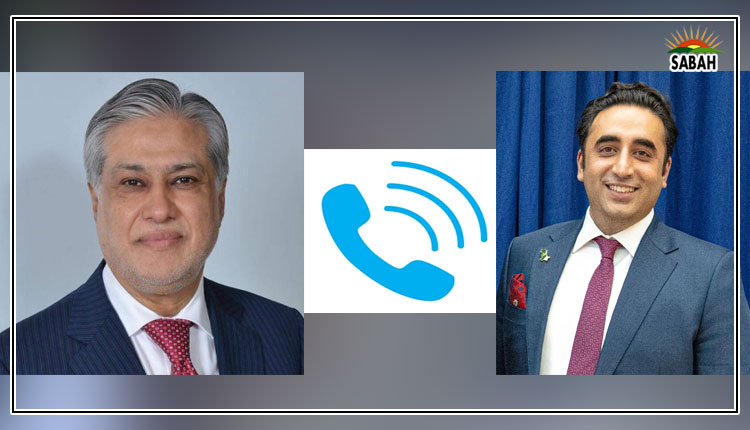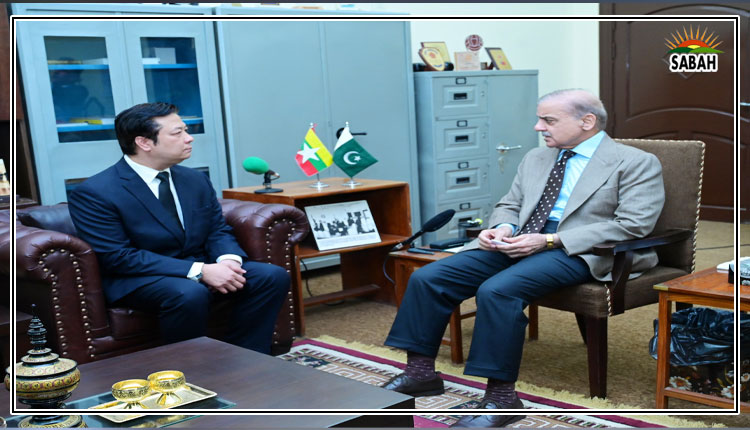A closer look at the ‘Pact for the Future’ ….Syed Muhammad Ali
The United Nations is largely impotent, yet it remains the only truly global platform that we have managed to create thus far. If it is sufficiently empowered, the UN’s General Assembly can provide a viable platform through which major transborder problems such as climate change, conflicts and poverty could be jointly dealt with.
However, as things stand, the most powerful entity within the UN system is its Security Council, which is not a representative institution. The use of veto power by any of the permanent five members of the UNSC results in deadlocks which prevent tackling pressing problems in need of multilateral engagement. Other UN agencies, such as those dedicated to addressing varied development issues, are also largely dependent on financial assistance from powerful countries to fulfil their mandates. Yet, other multilateral institutions – like the World Trade Organization, the International Monetary Fund and the World Bank – are even more beholden to powerful countries such as the US and rich European countries.
The UNSC has not been able to come together to resolve the Israeli-Palestinian imbroglio as well as other lingering inter-state disputes such as the Kashmir problem, the devastation in Syria or the war in Ukraine. Yet, these issues are debated within the UN’s General Assembly, and their emergent infringements are also highlighted via relevant affiliated agencies such as the UN’s Human Rights Council. Moreover, the UN has articulated a pathway to achieve sustainable development goals to improve the lives of people in all countries of the world.
In the bid to make the UN a more effective mechanism to address the range of challenges facing the world today, the UN’s General Assembly in its recently concluded 79th session adopted a ‘Pact for the Future’. This pact has optimistically been described by its proponents as a landmark agreement with the potential to ensure more inclusive and effective multilateralism.
This pact is certainly ambitious in scope as it aims to enable peace and security, improve global governance, boost sustainable development, contend with climate change, enhance digital cooperation, promote human rights, enable gender empowerment, and invest in the youth to create a better future. However, these objectives seem like lofty ideals given the realpolitik motivations which dictate the behaviour of powerful states, which in turn influence the actions of multilateral agencies that are supposed to be working for the benefit of all nations of the world.
It is encouraging to note that the UN ‘Pact for the Future’ squarely calls for reforming global financial institutions and the UN system itself. If more representative global mechanisms are in fact created, there will not be a dearth of specific ideas which they can implement. Some such out-of-the-box ideas include making global bodies more representation via the creation of citizens or parliamentary assemblies, and finding new ways of raising funds for public goods that go beyond reliance on bilateral and multilateral aid tied to neoliberal conditionalities which trap poorer countries into inequitable trade relations. The use of ‘solidarity taxes’ levied on both personal and corporate wealth can instead finance global public investments and avert the need to woo the profit-obsessed private sector to finance human development goals. Forming a global environment agency, which has the mandate, funding and the power to take meaningful action, is another interesting idea. However, such ideas were only discussed on the sidelines of the latest UN summit, and they will need to be given more attention within mainstream UN platforms, if the co-called ‘Pact for the Future’ is to make discernable improvements in the lives of marginalised people around the world.
Courtesy Express Tribune


